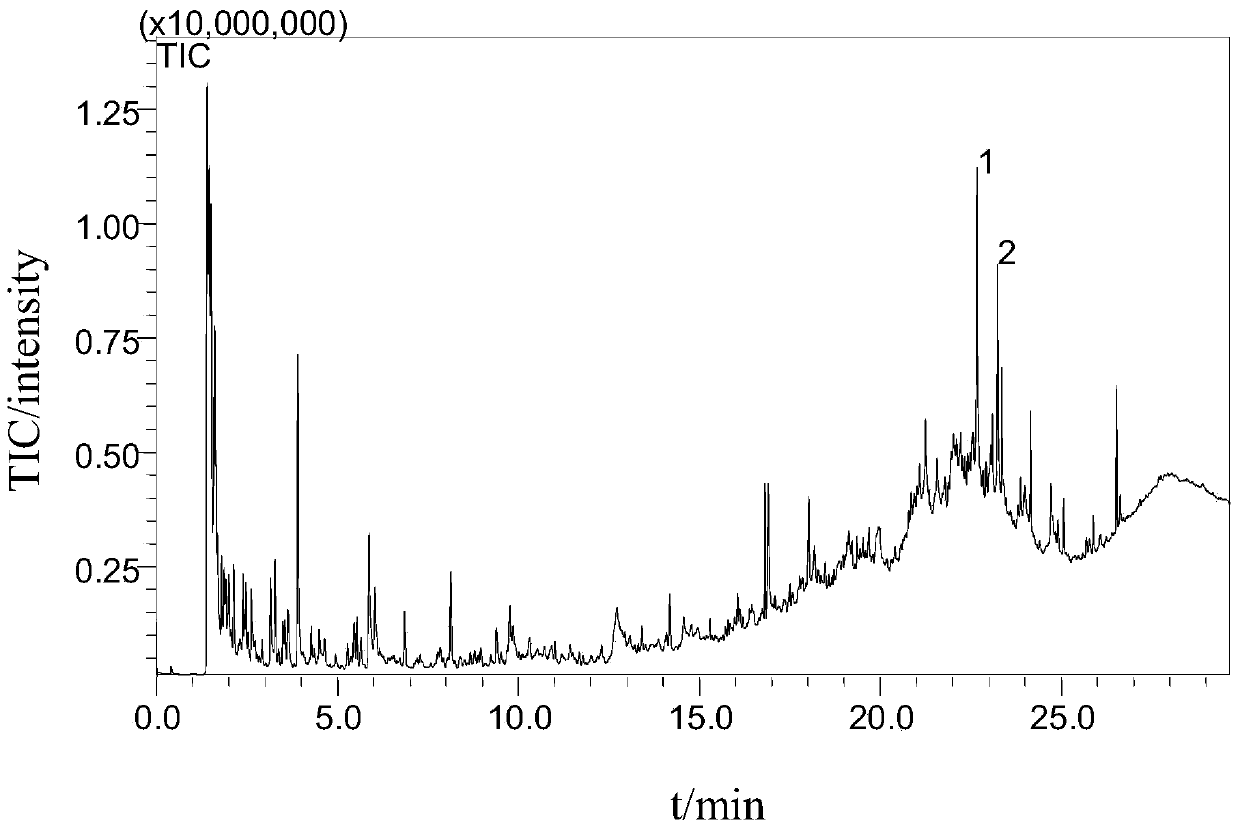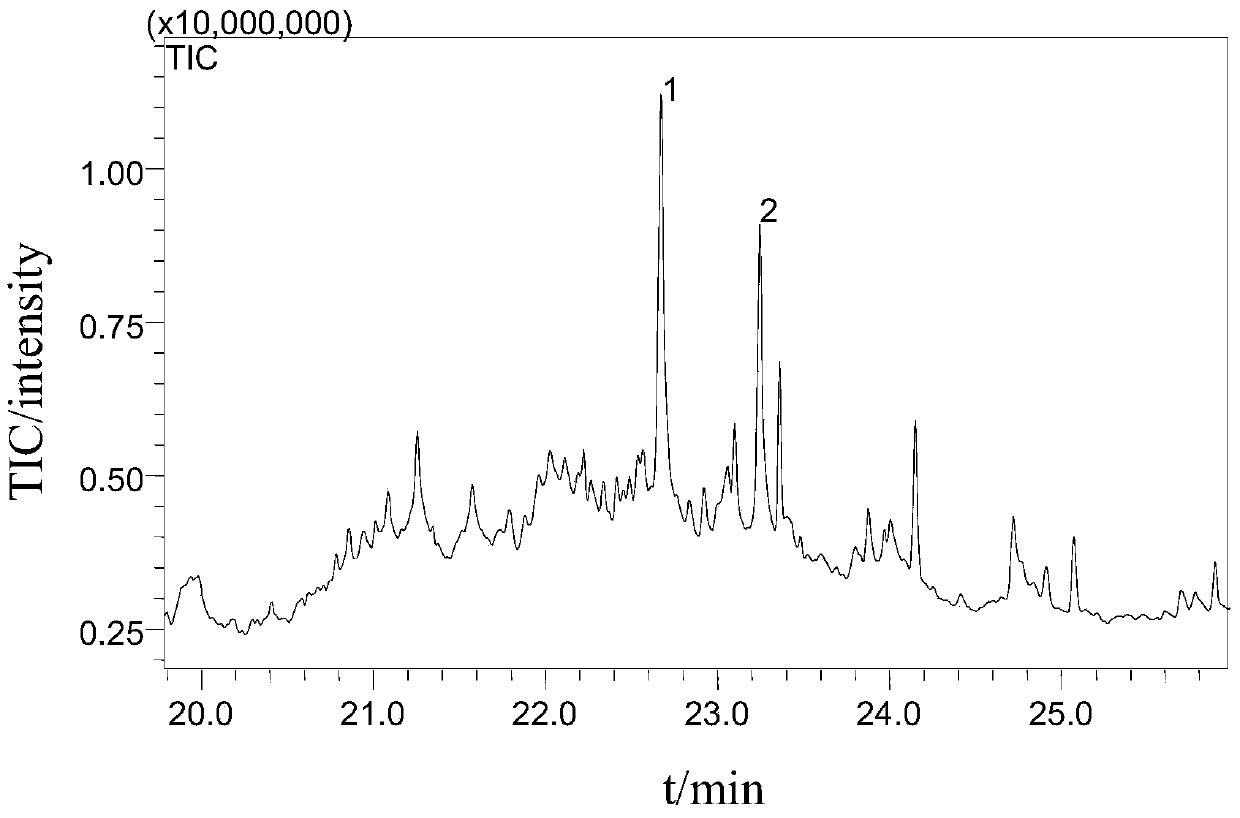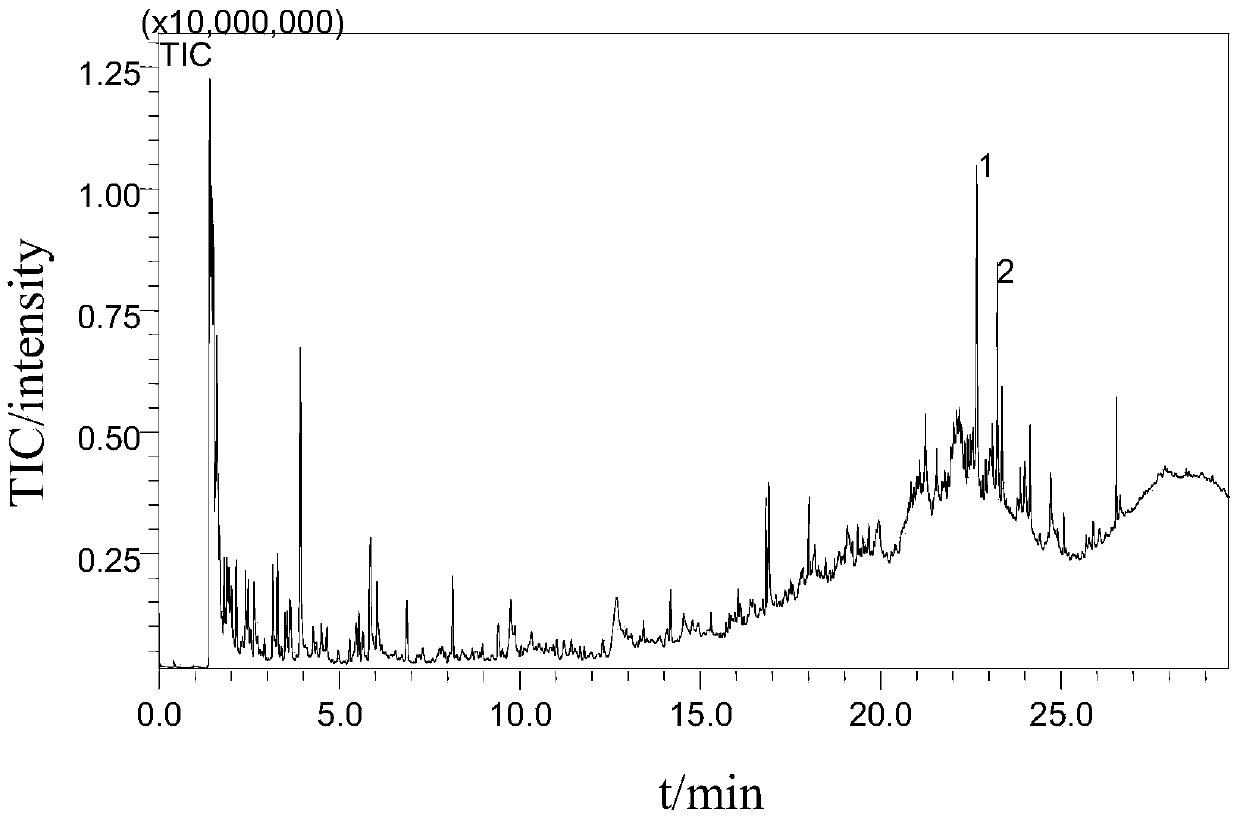Classification method of salmonella strains by using whole-cell fatty acid
A Salmonella and classification method technology, applied in the field of bioengineering, can solve the problems of insufficient classification and accuracy of germ classification, and achieve the effect of high utilization value, more classification, and fine classification.
- Summary
- Abstract
- Description
- Claims
- Application Information
AI Technical Summary
Problems solved by technology
Method used
Image
Examples
Embodiment Construction
[0045] The present invention proposes a method for classifying Salmonella strains using whole-cell fatty acids. By adopting this method, it not only has the same detection ability as PFGE and serotype analysis, but also has the advantages of finer classification, faster classification and good economy. .
[0046] The concrete implementation process of the present invention is provided below:
[0047] The basis of adopting the present invention is to select multiple strains of Salmonella strains, and construct the fatty acid system dendrogram of Salmonella strains according to multiple strains of Salmonella strains;
[0048] In this experiment, the inventor selected a total of 42 strains of Salmonella, of which 4 strains came from human patients, 11 strains came from pork, 2 strains came from instant food, and 26 strains came from chicken. Thirty-nine strains of foodborne Salmonella were isolated in 2007 and 2009 from retail food in supermarkets and farmers' markets in Yanglin...
PUM
 Login to View More
Login to View More Abstract
Description
Claims
Application Information
 Login to View More
Login to View More - R&D
- Intellectual Property
- Life Sciences
- Materials
- Tech Scout
- Unparalleled Data Quality
- Higher Quality Content
- 60% Fewer Hallucinations
Browse by: Latest US Patents, China's latest patents, Technical Efficacy Thesaurus, Application Domain, Technology Topic, Popular Technical Reports.
© 2025 PatSnap. All rights reserved.Legal|Privacy policy|Modern Slavery Act Transparency Statement|Sitemap|About US| Contact US: help@patsnap.com



